Why safety and speed are fundamentally incompatible—a visual guide
Designing streets for slower speeds are directly connected to improving safety and reducing deaths. So what does it look like to prioritize safety over speed in practice?
Designing streets for slower speeds are directly connected to improving safety and reducing deaths. So what does it look like to prioritize safety over speed in practice?
The deadliest metro areas and states for people walking, rolling, or using other assistive devices have been identified in Dangerous by Design 2021. Read and share the report today.
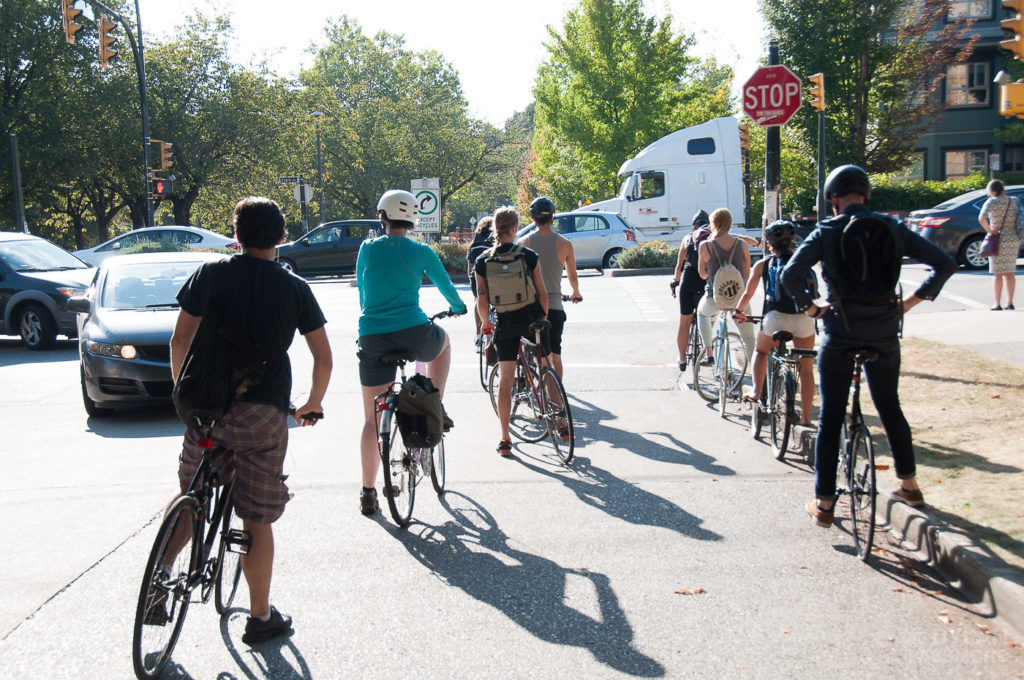
For decades, state departments of transportation have treated pedestrian and cyclists fatalities like weather events: something that increases simply as people drive more, putting these deaths outside of the control of DOTs. But with COVID-19 proving this to be false, it’s past time for state DOTs to implement performance measures to reduce the number of people killed while walking or biking. Here’s our comparison of state safety targets.
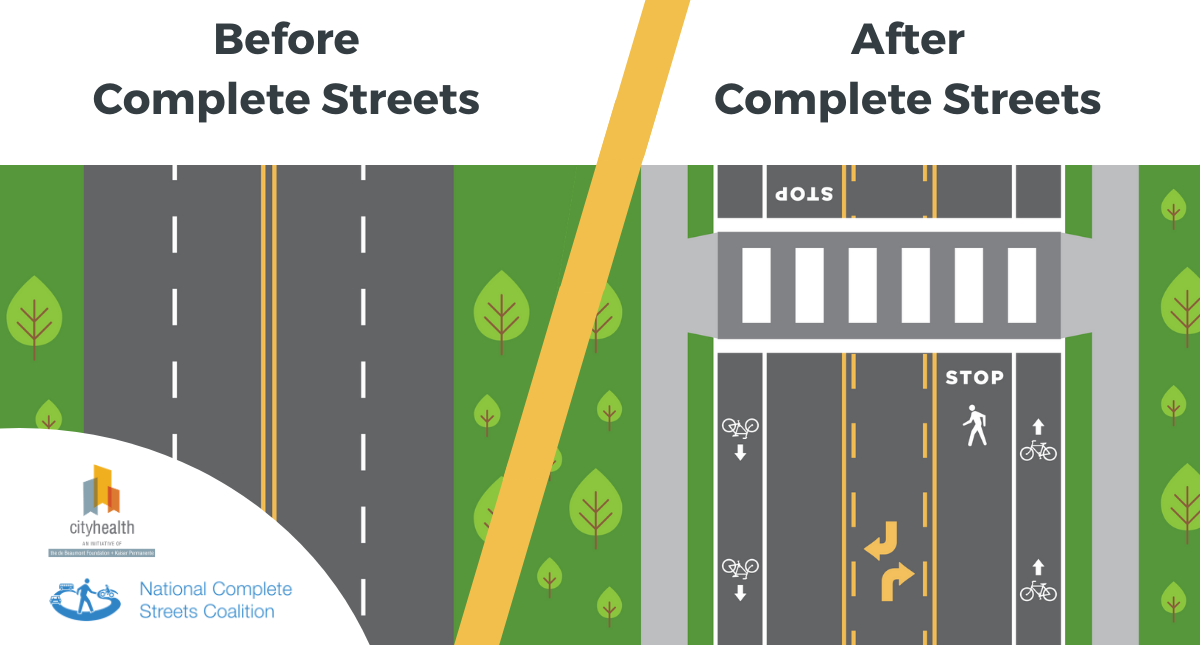
A new report from CityHealth finds that 90 percent of the nation’s 40 most populous cities have medal-worthy Complete Streets policies on the books. The report makes a case for building safer streets to improve the overall health of cities, especially in the era of COVID-19.
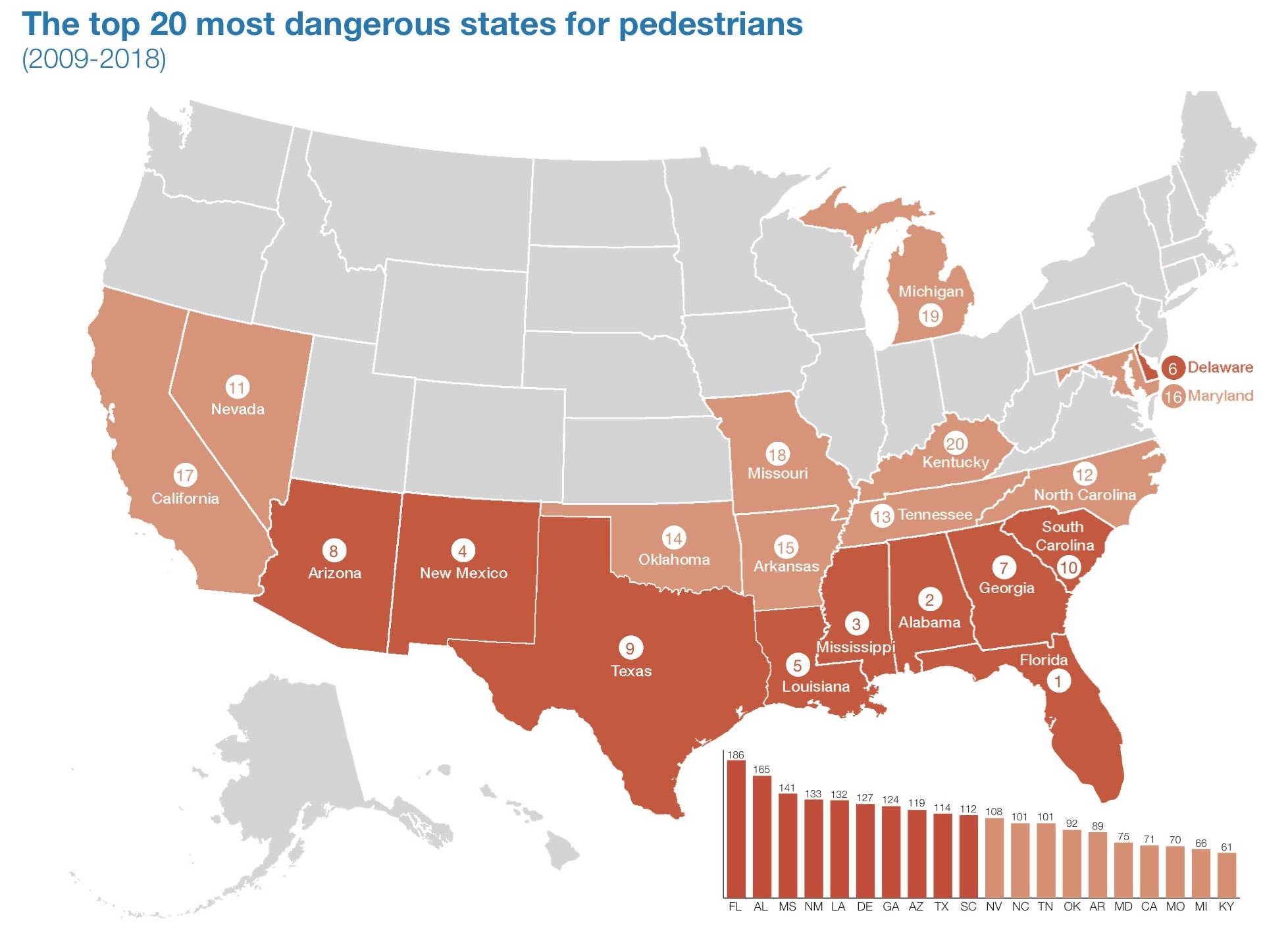
Today, the Centers for Disease Control and Prevention (CDC) unveiled their Active People, Healthy NationSM initiative on Capitol Hill focused on improving America’s health through physical activity. But access to safe and reliable active transportation options is critically important to achieving their goals, and many of our roads remain unsafe and inaccessible to people outside of a vehicle. A new off-year update to Dangerous by Design—also released today—shows that the number of people struck and killed or seriously injured while walking, biking, or rolling continues to increase, and that most states are asleep at the wheel.

On October 25, 2019, U.S. Representative Steve Cohen convened a roundtable about Complete Streets in his district, which includes most of Memphis, TN. Local advocates and people from the city, county, and state government attended to discuss the Complete Streets Act of 2019—legislation sponsored by Rep. Cohen—and other ways the federal government could assist communities creating streets that are safer for people biking, walking, or rolling. Below are comments from Sylvia Crum, the Commute Options Program Manager at Innovate Memphis, who spoke during the roundtable.
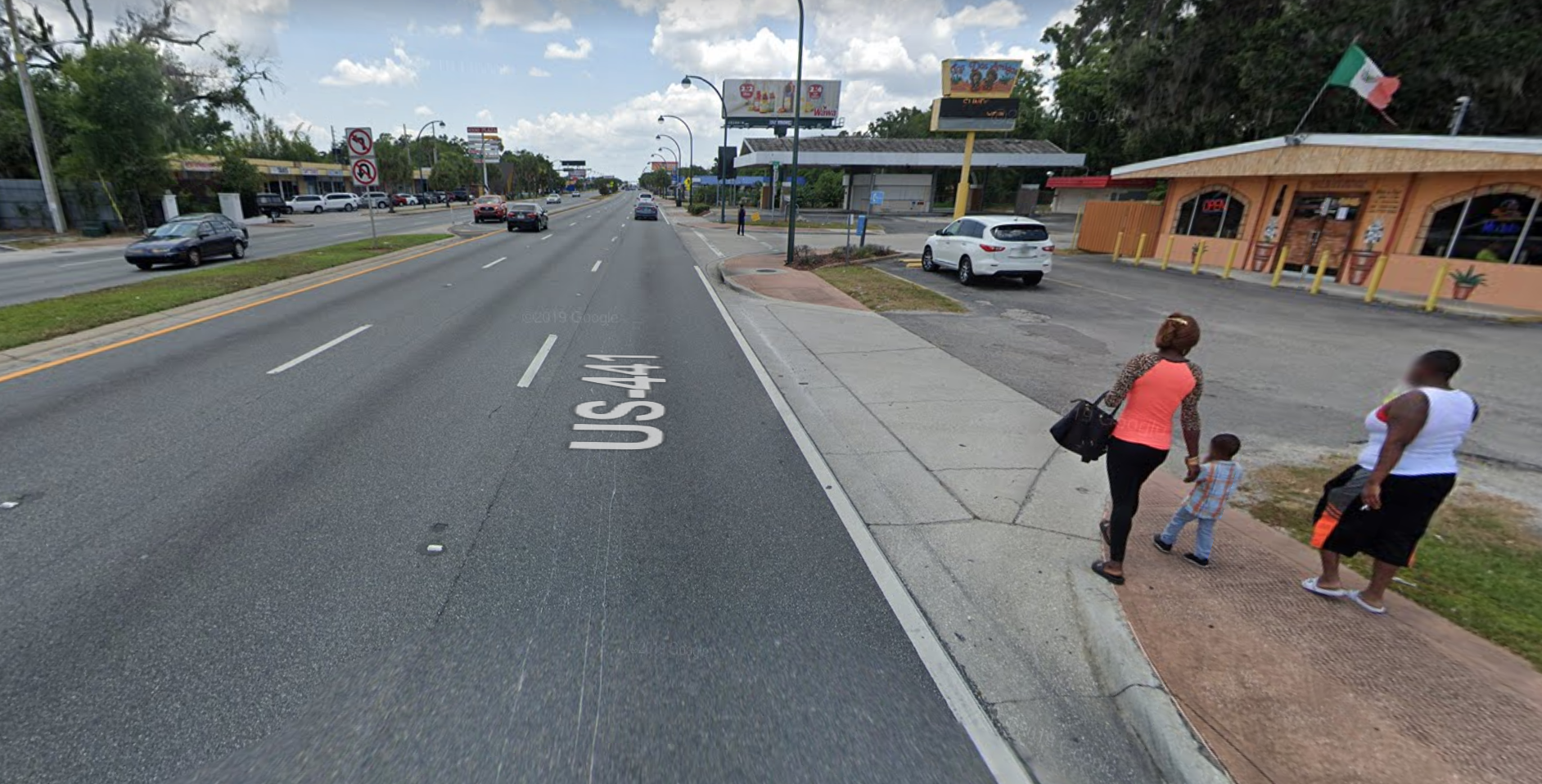
We took a look at one busy road outside of Orlando where a dozen people have been struck and killed by drivers in recent years. The mix of high-speed traffic with people walking, biking, and taking transit is a dangerous combination; in the event of a crash, people die. The Complete Streets Act of 2019 would go a long way to give local government more resources to redesign these dangerous streets so everyone can travel along them safely.
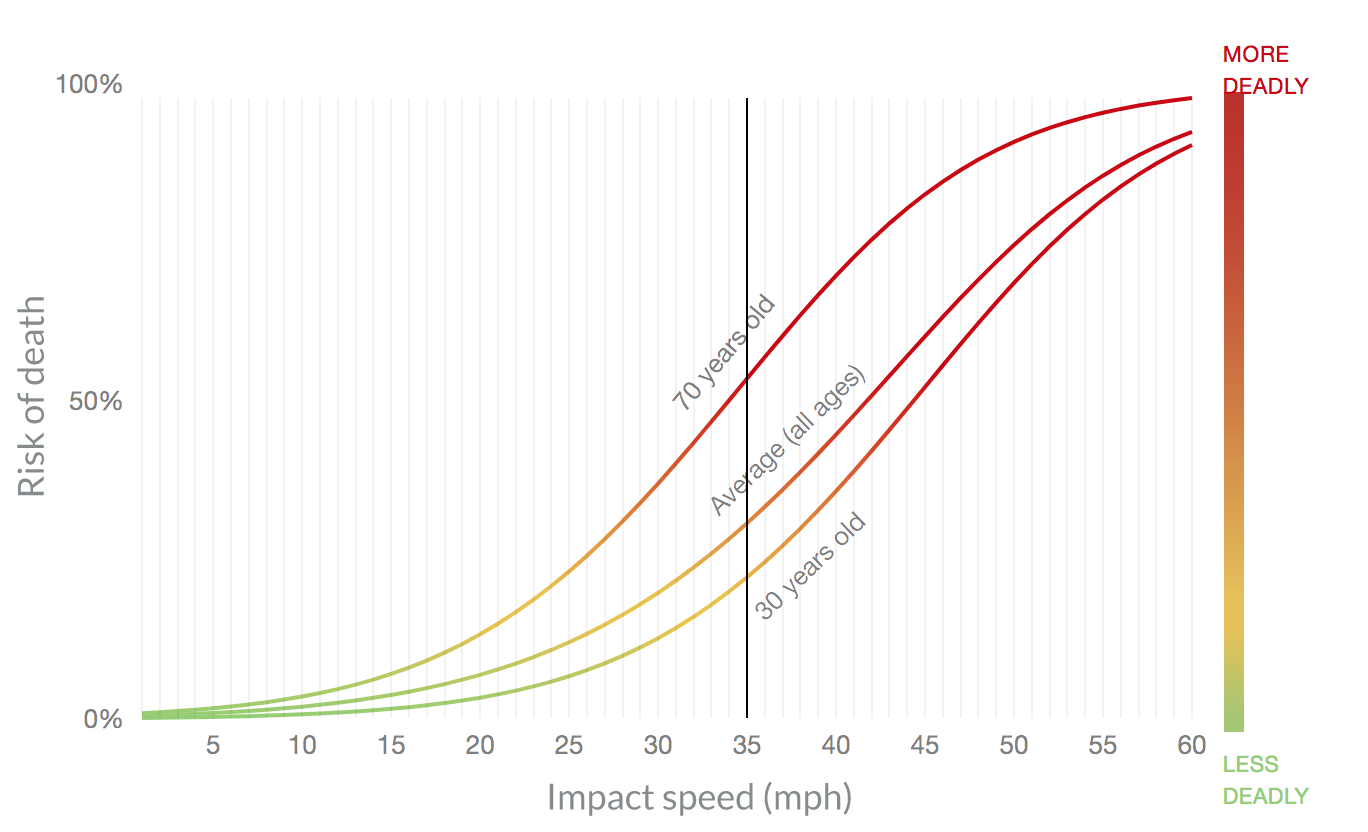
U.S. transportation policy focuses first and foremost on ensuring that drivers can travel with as little delay as possible. But this laser focus on speed sidelines other more important considerations like the preservation of human life and the health impacts of vehicle pollution. Prioritizing safety in our transportation policy—at the federal, state, and local levels—would be a major step towards a more equitable transportation system.
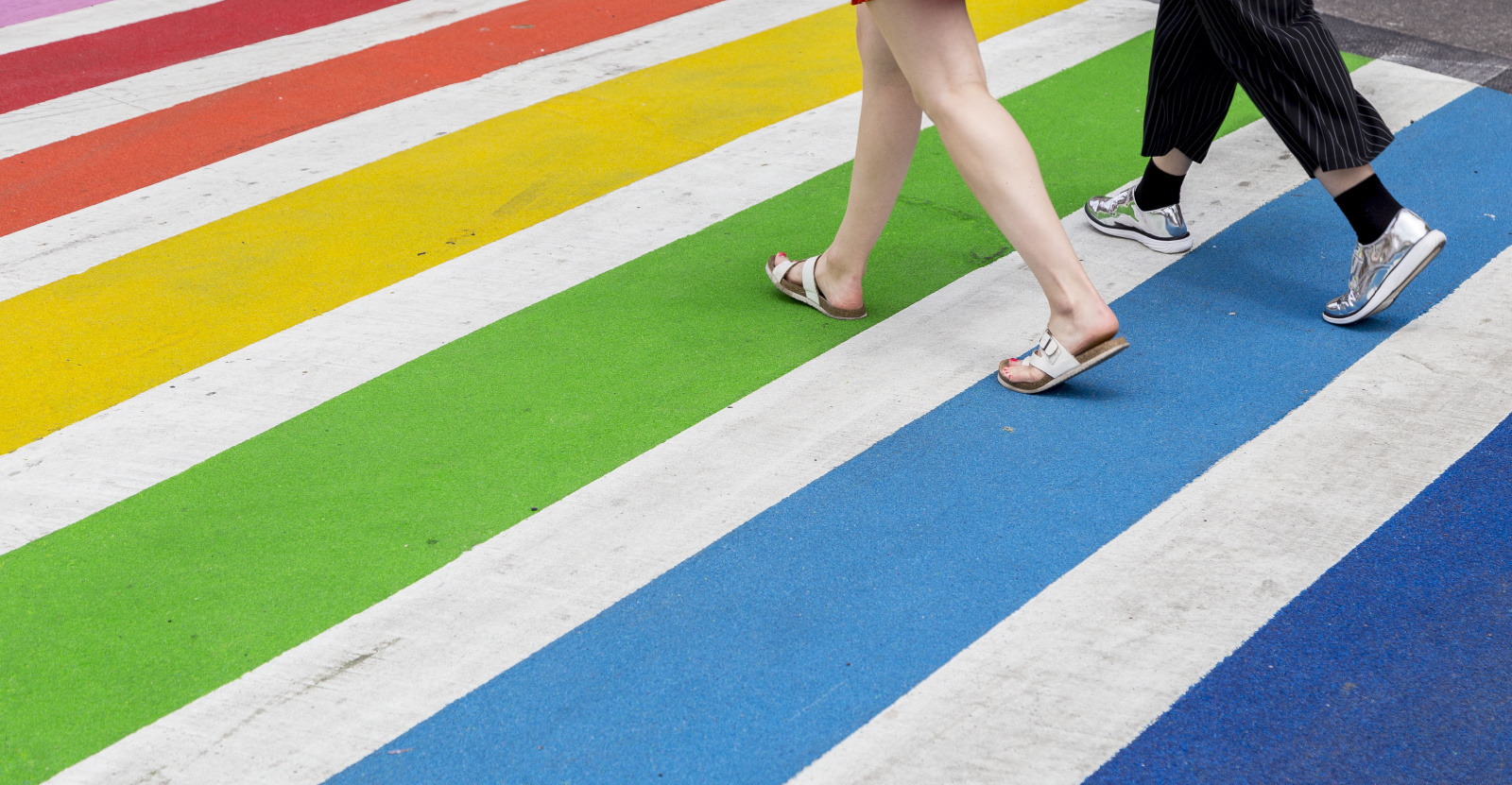
Ames, Iowa made national headlines this fall for painting rainbow crosswalks and then ignoring a request from USDOT to remove them. The incident highlights one way outdated federal guidelines prevent communities from making their streets safer and more pleasant with art and culture. But there are other ways for communities to add some color to streets while improving safety without running afoul of the feds.
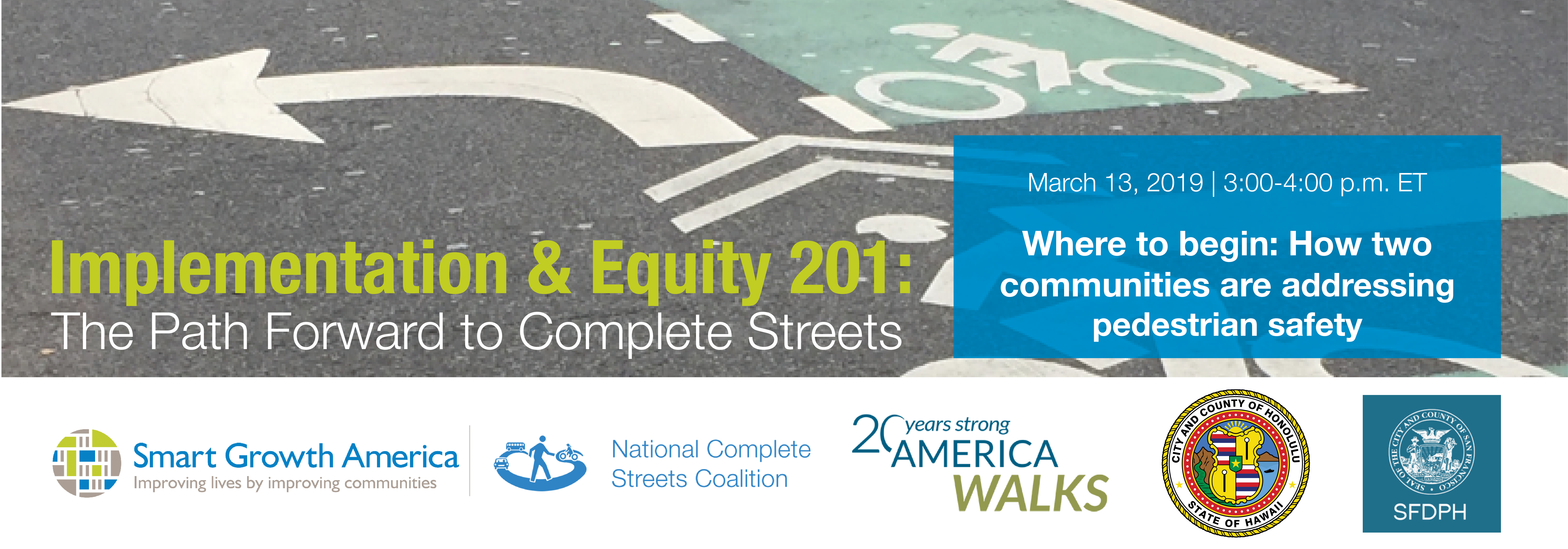 Join us for a webinar on March 13th about how two communities are addressing pedestrian safety in ways that suit their needs. This is the latest installment in our monthly webinar series Implementation & Equity 201: The Path Forward to Complete Streets.
Join us for a webinar on March 13th about how two communities are addressing pedestrian safety in ways that suit their needs. This is the latest installment in our monthly webinar series Implementation & Equity 201: The Path Forward to Complete Streets.